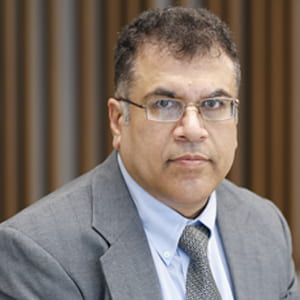techniques: Synthesis & Thin Film Deposition
Thin film deposition is a process by which materials of interest are deposited onto the target sample. At our facilities, we offer a number of methods spanning from physical vapor deposition to chemical vapor deposition to atomic layer deposition to achieve this goal.
PHYSICAL VAPOR DEPOSITION
Physical vapor deposition (PVD) is a class of deposition techniques that involves first vaporizing the material of interest, followed by condensation of the material on the target sample. Our facilities offer a number of PVD tools that are useful for depositing material for a variety of applications, such as semiconductors, automobiles, and jewelry.
Our current range of PVD setups can be found in our NUFAB and PNF Facilities.
Additional PVD setups are available in the GIANTFab core facility at Northwestern.
PEPTIDE SYNTHESIS
Our facilities offer custom peptide synthesis, purification and characterization. Please contact our staff to learn more about the quantities and capabilities in our lab.
Our current range of peptide synthesis tools can be found in our Peptide Synthesis Core Facility.
CHEMICAL VAPOR DEPOSITION
Chemical vapor deposition (CVD) is a vacuum deposition process that involves depositing high quality material on a target sample through the use of a chemical reaction. Our facilities offer the ability to deposit a variety of films through this process including silicon and various dielectric materials for semiconductor applications.
Our current range of CVD setups can be found in our NUFAB and PNF Facilities.
PARYLENE COATING
Parylene coating is a specialized deposition method that involves deposition of a polymer that acts as a dielectric and moisture barrier on the target sample. Our facilities allow for deposition of pin-hole free barrier layers that have applications in medical devices and printed circuit boards.
Our current range of parylene coating setups can be found in our NUFAB Facility.
ATOMIC LAYER DEPOSITION
Atomic layer deposition (ALD) is a specialized, highly controllable deposition process that we offer in our facilities. This technique allows for sequential, layer-by-layer deposition of a variety of materials. The highly controllable nature of this process allows for precise tuning of the deposited material’s thickness, which makes it quite appealing for fabricating semiconductor devices.
Our current range of ALD setups can be found in our NUFAB and PNF Facilities.


Mark R. Karver
Director, Peptide Synthesis Core
Robert H. Lurie Medical Research Center
303 E. Superior Street, 11th floor
(312) 503-6738 / email